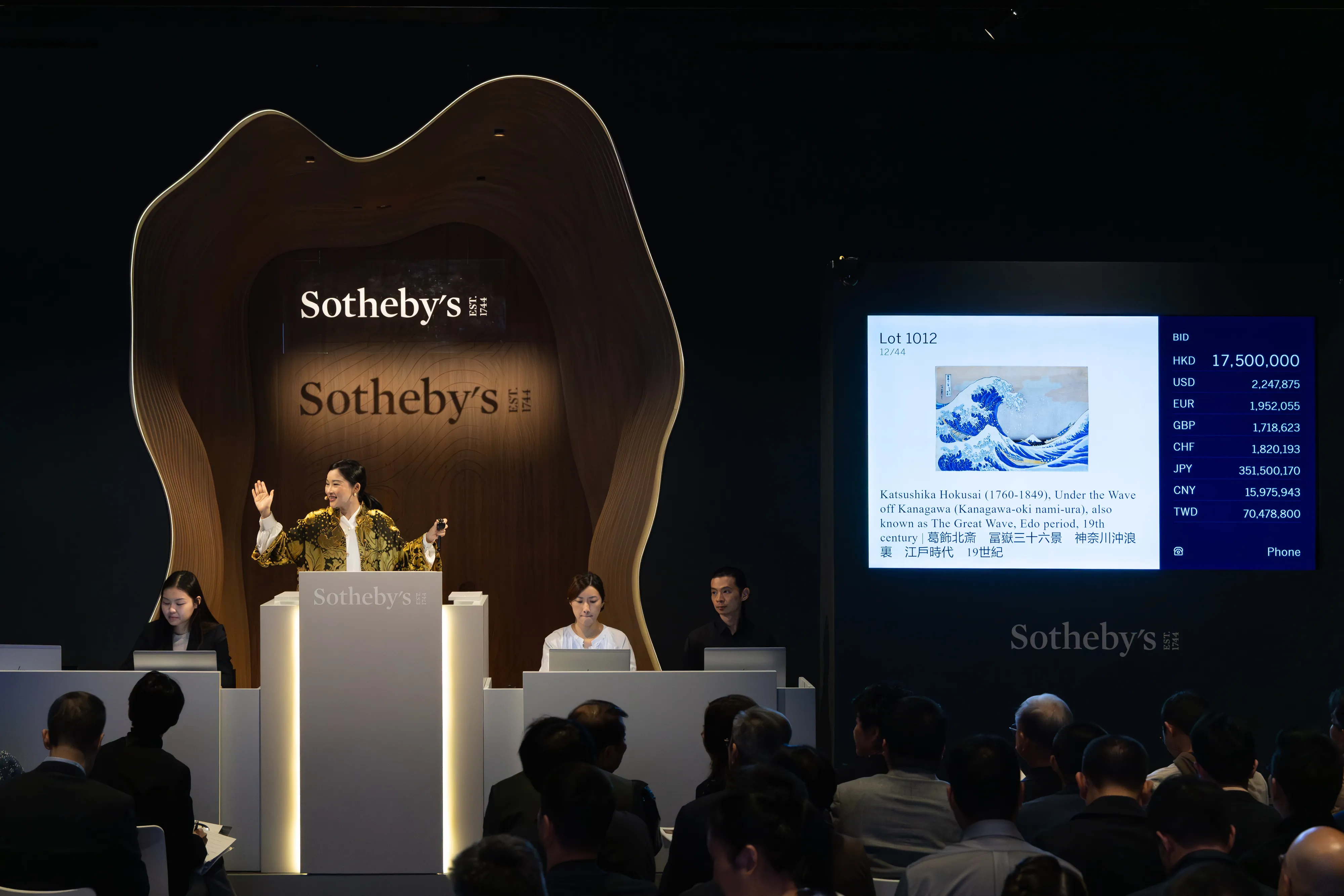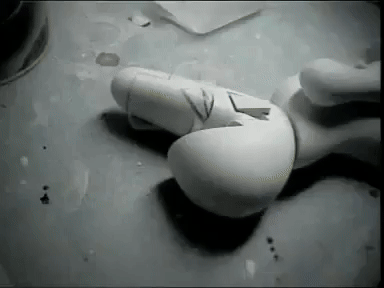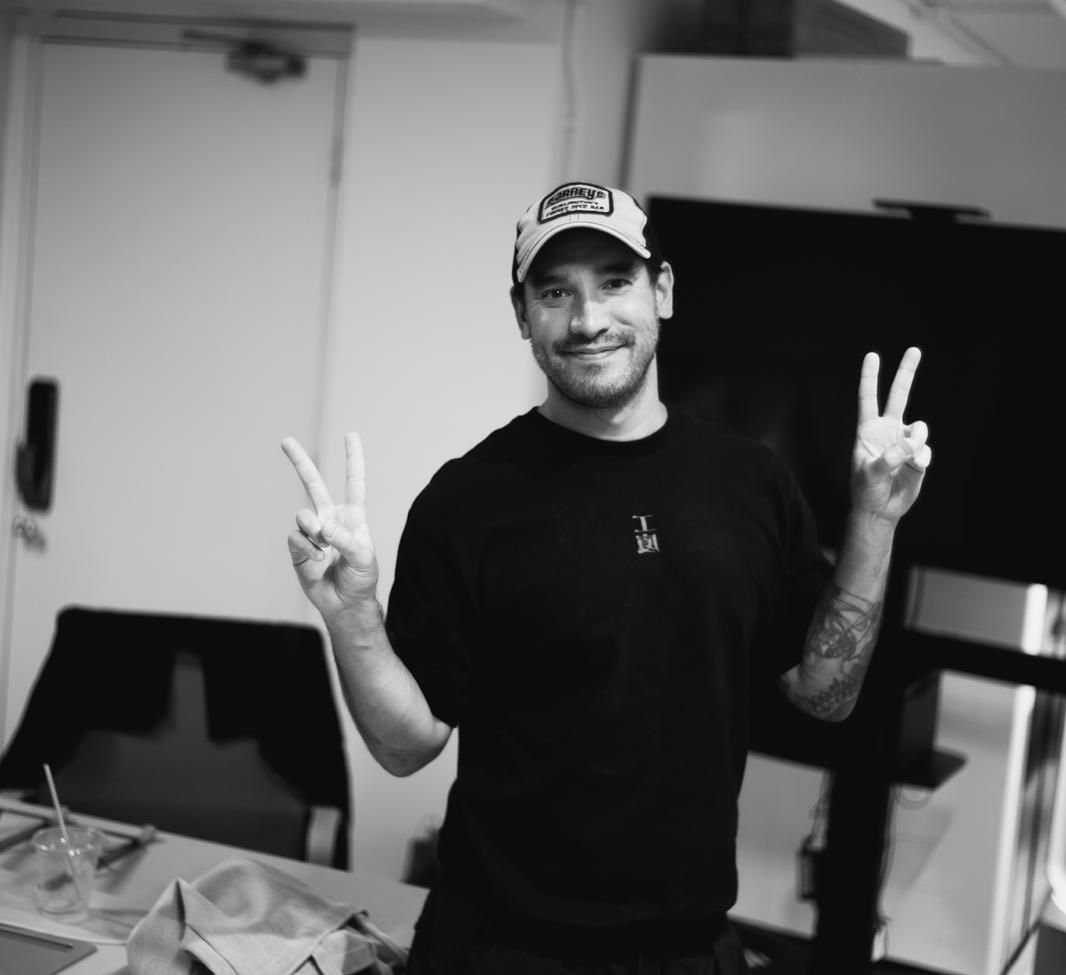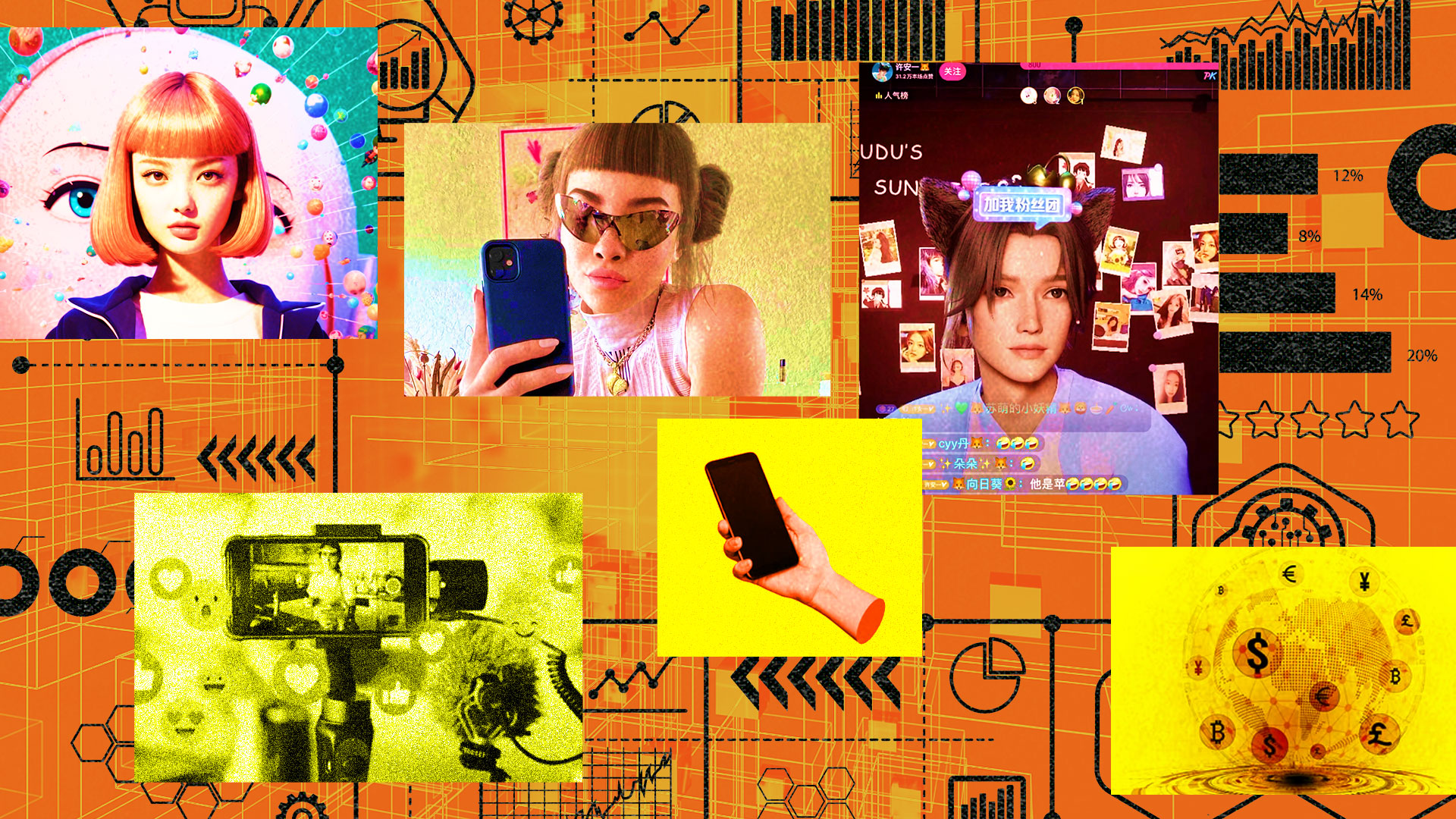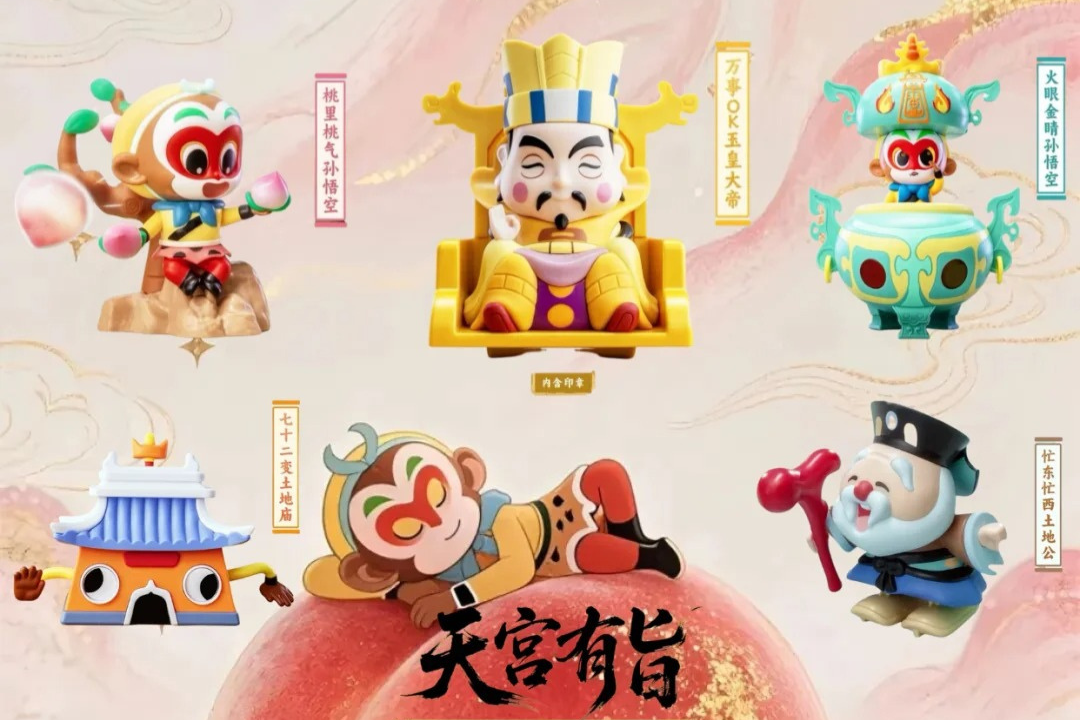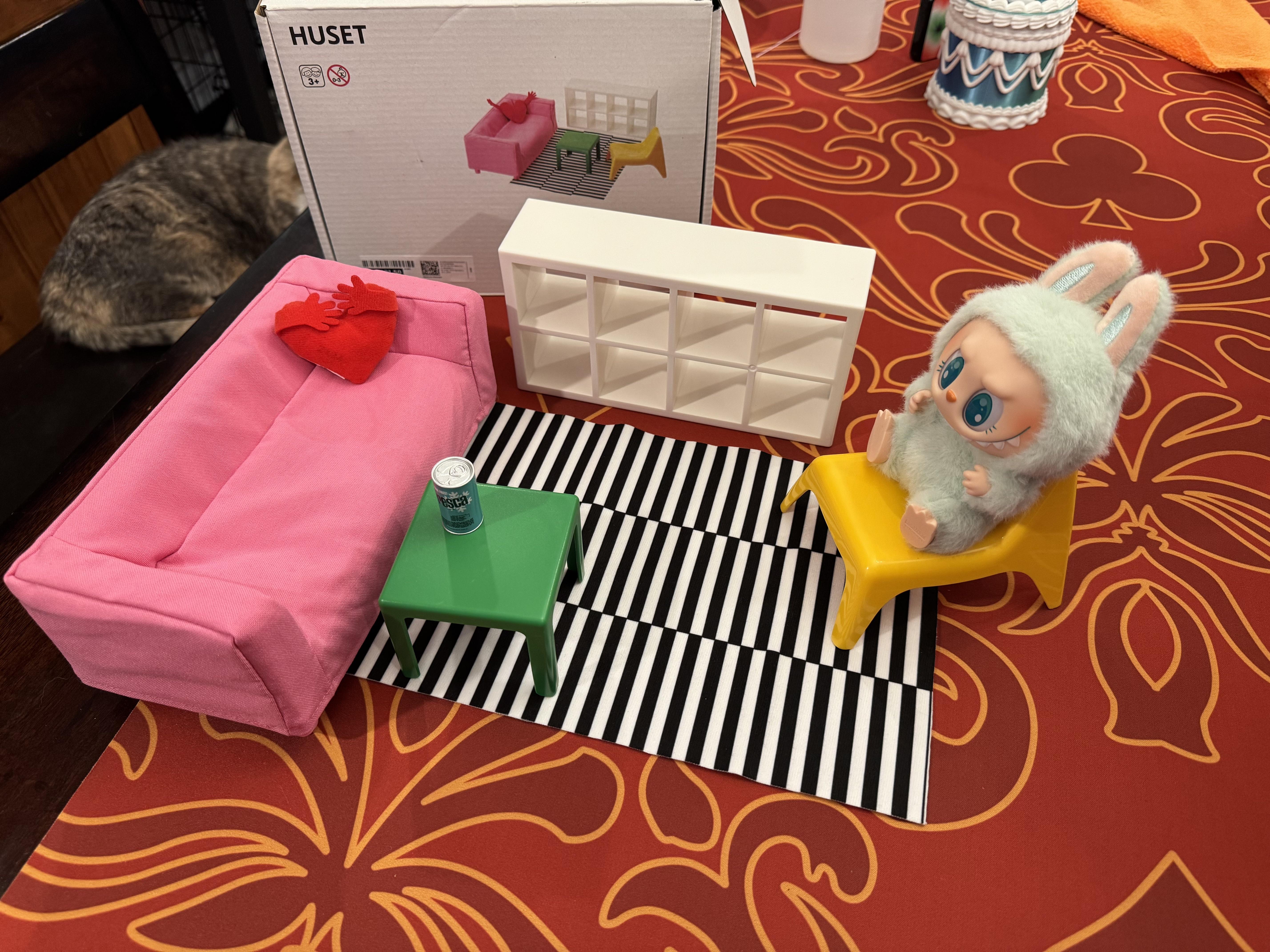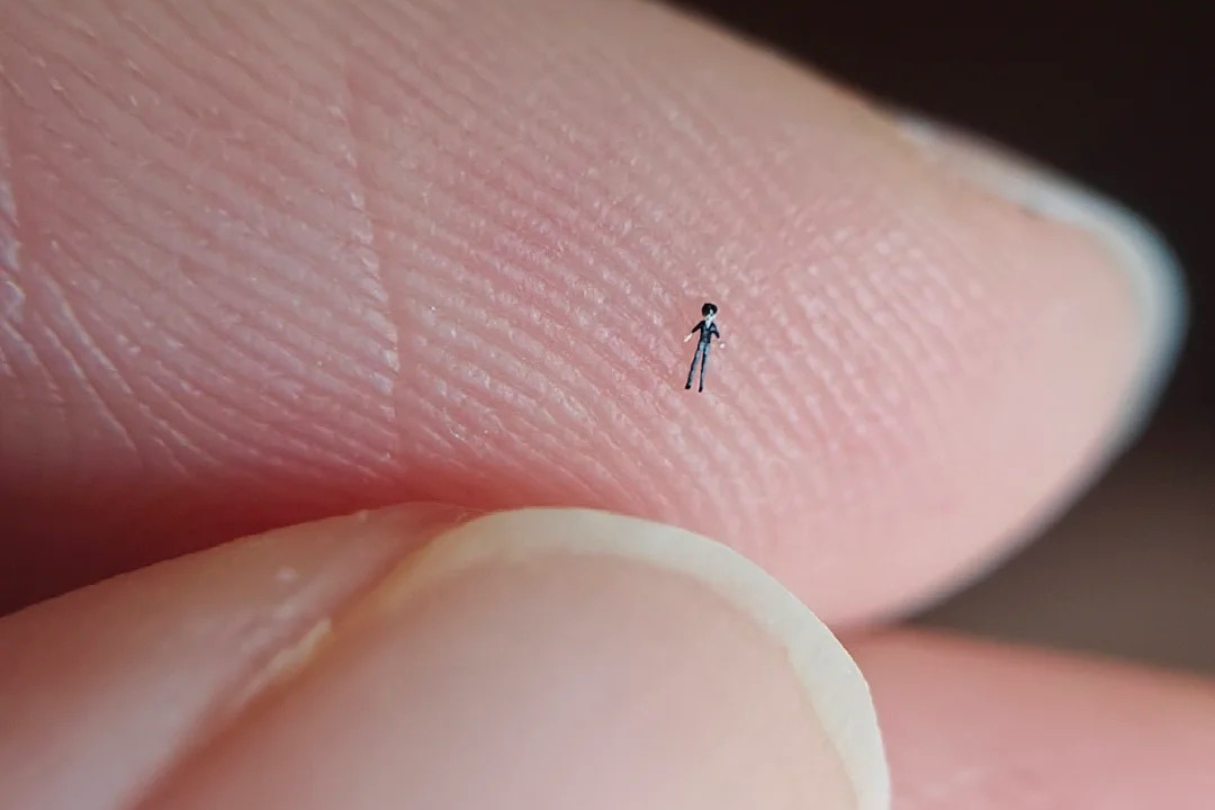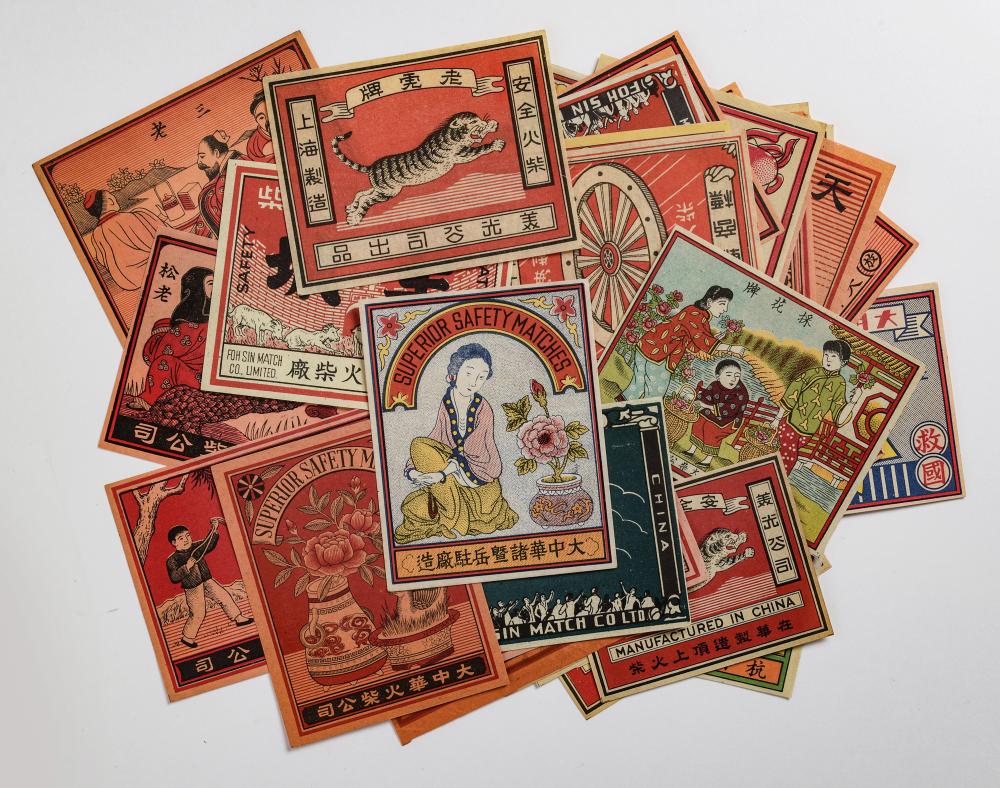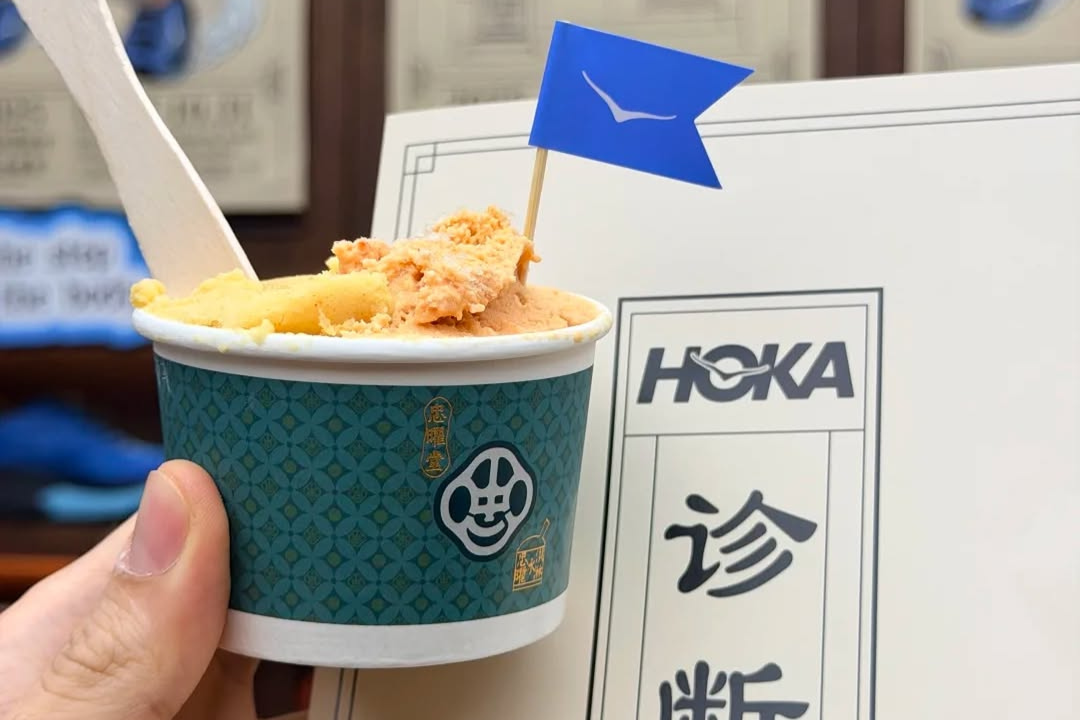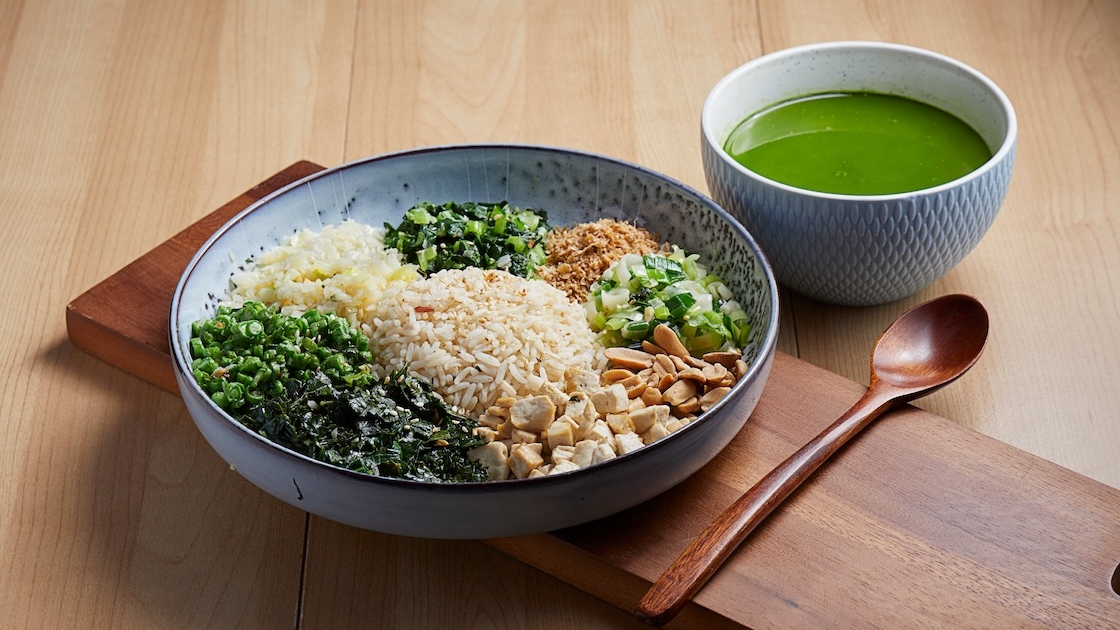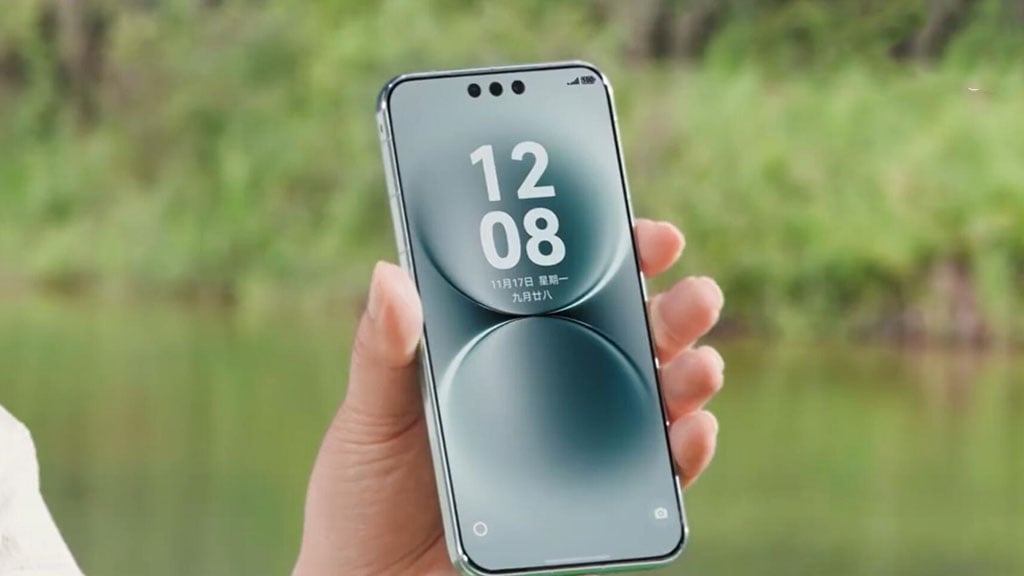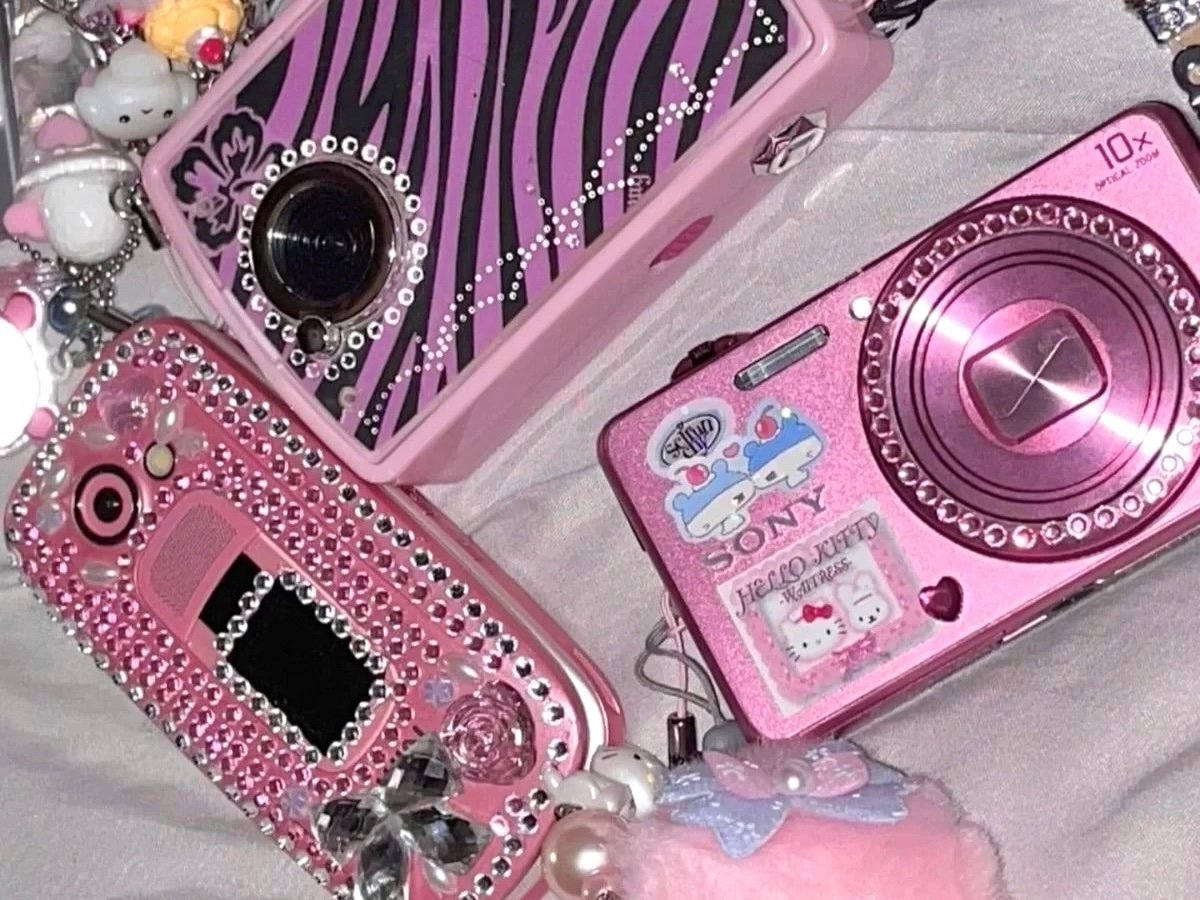Toys are an integral tool of stimulation for the developing mind. They’re also products of luxury made for entertainment. However you want to look at it, toys have been a part of human society since prehistoric days.
Archaeological excavations have found toys dating back to 4,000 BCE, made from natural materials like clay, wood, and stone. Ancient Egypt even had toys with movable limbs. These primitive playthings are strongly assumed to have been used by children, mainly due to signs of wear and tear that indicate recreational use.
Without concrete evidence, however, who’s to say there wasn’t a prehistoric human with a carved-out shelf lined with prized toys, made by the tribe’s best artist? And when the kids came to the cave to play, this prehistoric human might have grunted, “Look, but don’t touch!”
Well, we certainly have the modern equivalent of that human. Enter designer toy collectors and enthusiasts (cue that scene from The 40-Year-Old Virgin).
Following RADII’s recent video explaining the designer toy movement, we wanted to take a deeper look at Hong Kong’s influence on a global scale and tap into some of its key players.
What Are Designer Toys?
For those unfamiliar with designer toys (aka “vinyl toys,” “art toys,” or “Sofubi”): it’s when art meets, well… toys. The movement started in the mid-’90s when Hong Kong artist Michael Lau applied the aesthetics of street culture to the whimsical canvas of a figurine, creating highly coveted collections of limited-edition “designer toys.”
Lau, often referred to as the “Godfather of Designer Toys,” birthed the “urban vinyl” style and broadened people’s perspectives on how toys are perceived. Traditionally low-cost, mass-produced, and casual, designer toys are instead handcrafted works of art just as precious as those featured in a gallery. The combination of “artwork” and “toy” allows audiences to appreciate more mature themes of art with something nostalgic.
Global Impact and Collaborations
Lau’s impact resonated with artists across the world. The scene began seeing the likes of KAWS and Takashi Murakami offering their street- and pop-centric sensibilities, creating a surge of interest in art toy collectibles on a much larger global scale.
And we all know what happens when there’s significant public interest: corporate heads start turning. There’s big money to be made from art collectors with fat wallets; thus, collaborations with corporate companies like Nike, Casio, and Coca-Cola became frequent.
On a more niche scale, the scene started bringing in street culture imprints like A Bathing Ape, Bounty Hunter (which played a pivotal role in the growth of Japan’s urban vinyl scene), and Be@rbricks, among others. During the late ‘90s and 2000s, Japan’s impact on the streetwear landscape helped cement the designer toy movement even further into contemporary culture.
From Fragment Design to Undercover to Atmos, the heyday of urban vinyl was ripe with crossovers from streetwear labels, consumer goods corporations, and artists. Starting as “urban vinyl,” these global collaborations led to the movement’s evolution that introduced other styles and genres of contemporary art.
Hong Kong’s Local Toy Scene
Bringing things back to Hong Kong, Lau wasn’t alone in this paradigm shift. Other local artists like Eric So, Winson Ma, and Prodip from Hong Kong rap group Lazy Mutha Fucka started gaining attention. Each brought their flavor to the then-burgeoning scene.
So’s distinctive designs — particularly his Bruce Lee figurines — introduced more household names, while Winson Ma and Prodip further enriched the movement’s already established cult following. Together these Hong Kong artists added diversity and appeal to the global market.
Through the strength of these individuals, the designer toy landscape continued to grow, and newer generations of artists emerged. As such, spaces started opening up to help house the increasing number of art toys. Retailers like Amaz by Lokianno offer a unique platform that merges exhibition space with an art toy store — or “Exhibitshop,” as they call it.
By making the movement more accessible, Amaz expanded the designer toy industry from hardcore enthusiasts to a more mainstream audience. From aficionados to newbies, anyone interested in the scene had a haven for all things designer toys — a siren call felt not just in Hong Kong, but across shores.
It’s no surprise then, that they started Asia’s longest-running designer toy fair, Toysoul. Although that chapter has closed after hitting its tenth year, the team already operates its new iteration: Amazing Toy Show, which launched in December 2024. While still best-known within Asia, globally-recognized conventions like DesignerCon can attribute their success to Hong Kong’s influence.
Then, there are the scene’s major manufacturers, many of which also come from Hong Kong. Unbox and How2work are arguably two of the biggest players, having produced toys for artists around the world while influencing a slew of other names in the game: Kidrobot, Mighty Jaxx, Superplastic, and Tokidoki, to name a few.
The Future of Designer Toys
As for the movement’s future, we’re already witnessing its reach into today’s pop culture fads like blind boxes. Take Hong Kong artist Kasing Lung’s series The Monsters and its product partnership with fellow Hong Kong company Pop Mart. You’ll be hard-pressed not to find the series’ mascot, Labubu, hanging from the bags of everyone and their mom. Pop power names like Blackpink’s Lisa are credited for Labubu’s global dominance as a sought-after collectible on a mainstream level.
Beyond the current craze, the movement shows no signs of slowing down. Whether you’re forking out thousands for a one-of-one by your favorite artist or ripping into a case of blind boxes for that chase piece, designer toys have changed how we view both art and toys forever. Perhaps seen as just another canvas for artistic expression or a flex gift for your friend’s kid, it goes without saying that there will always be room for nostalgic totems of creativity on your shelf.
Banner GIF by GIPHY/Youtube: @annodize222
